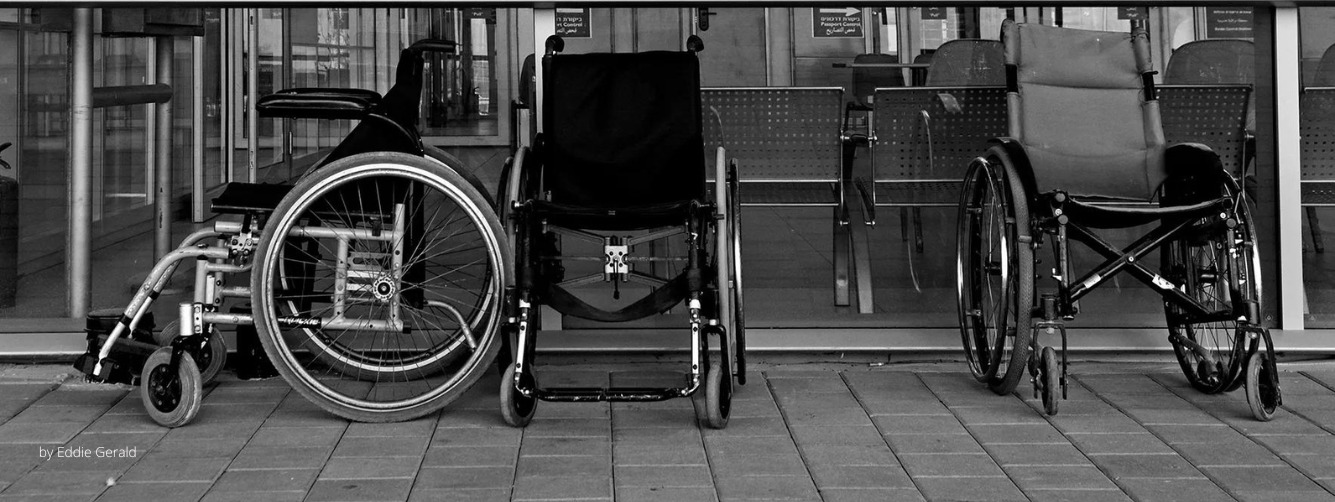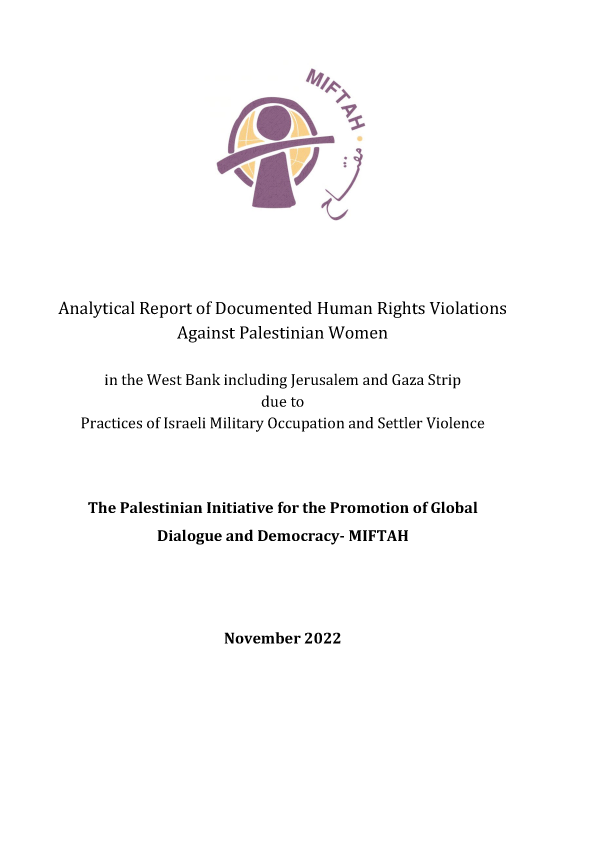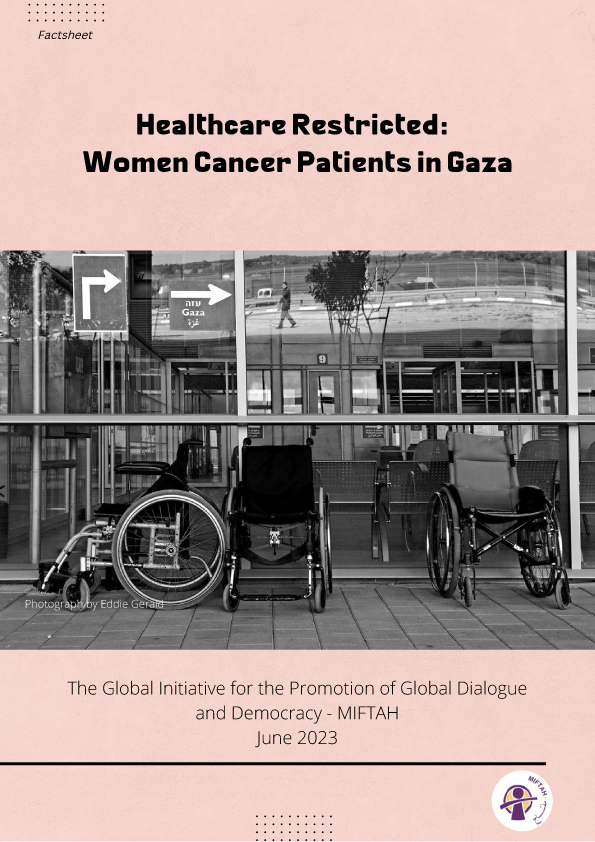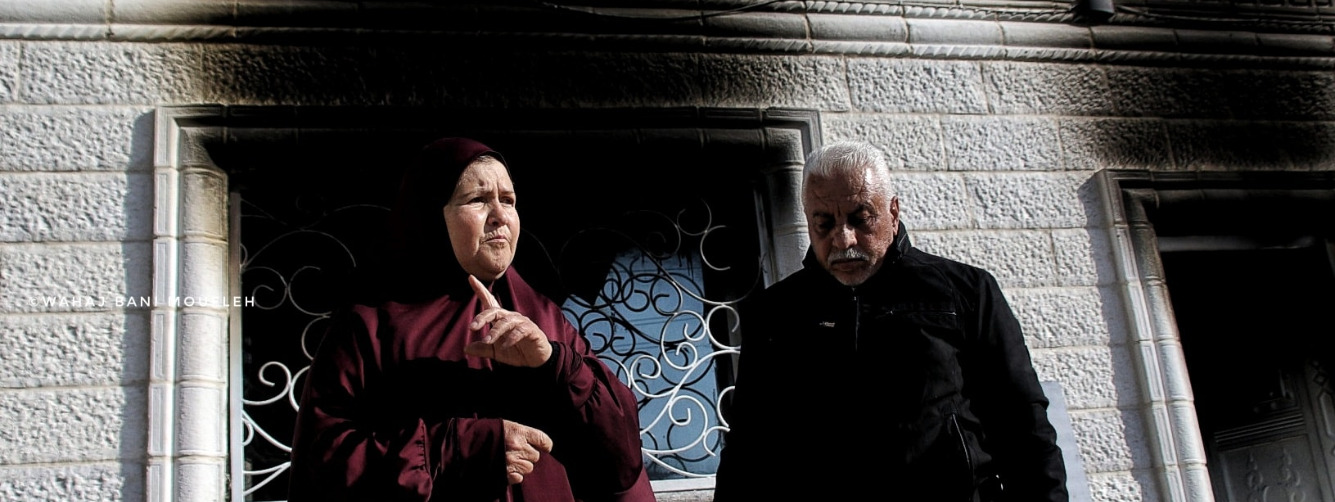Who are the Palestinian refugees?
Palestinian refugees are the indigenous Arab inhabitants of historic Palestine, which today is comprised of Israel proper, the West Bank and Gaza. Israel forcibly and illegally expelled the larger part of the Palestinian population from its land when the state of Israel was established in 1948, and continued this during the 1967 Israeli Arab wars. Palestinian refugees are categorized into three main groups: Palestinian refugees displaced in 1948 outside the areas of historic Palestine that became the state of Israel, internally displaced Palestinians who remained within the areas that became the state of Israel and Palestinian refugees displaced for the first time in the 1967 war from the West Bank and Gaza. For the past 55 years and counting, Palestinian refugees have been denied their right of return to their ancestral villages and homes.
How did the Palestinian refugee problem arise?
The Palestinian refugee problem arose not from a conflict in which, as claimed, the Zionist forces overcame overwhelming odds against the Arab armies and the Palestinian population voluntarily left, but from a systematic policy of ethnic cleansing. The results of which are apparent in the Palestinian refugee camps across the Arab world and in the Palestinian Diaspora. The policies, to a lesser extent, continue to this day in Jerusalem and across the Occupied Palestinian Territories.
Zionist Policy sought to create a Jewish homeland in Palestine, a region already populated with a history stretching back thousand of years. The characterization of a land without a people for a people without a land created the myth of an empty waiting Palestine. Nothing could be further from the truth and this was evidenced in the atrocities of the 1948 War. Initially, Zionist policy was directed towards winning the acceptance of the British and other colonial powers.
How did Israel expel Palestinians from their land?
Jewish underground terrorist groups such as Haganah, Irgun and Stern had the mission to terrorize the Palestinian street, destroy villages and slaughter entire Palestinian families. 34 massacres were committed within a few months: Al-Abbasiyya, Beit Daras, Bir Al-Saba', Al-Kabri, Haifa, Qisarya… These attacks aimed to annihilate the entire Palestinian territory and population (so-called Plan D), 50% of the Palestinian villages were destroyed in 1948 and many cities were cleared from its Palestinian population: Aker, Bir Al-Saba', Bisan, Al-Lod, Al-Majdal, Nazareth, Haifa, Tiberias, Jaffa, West-Jerusalem…
Israeli forces killed an estimated 13,000 Palestinians. They forcibly evicted 737,166 Palestinians from the homes and land. 531 Palestinian villages were entirely depopulated and destroyed. The Palestinian populations in Aker, Bir Al-Saba', Haifa, Jaffa, Lydda, Al-Majdal, Al Ramla, Safad, Tiberias, and West Jerusalem were almost entirely removed. A conservative total, almost three-quarters of a million Palestinians were made refugees.
The tragedy of the refugees continued in 1967 with the breaking out of the 1967 war, which created a new wave of refugees. That year Israel occupied the rest of the Palestinian territories and many Palestinians were uprooted for the second time: 15,000 fled from the West Bank, 38,000 fled from the Gaza Strip and 160,000 fled from the Golan Heights. They found shelter in surrounding countries, such as Jordan, Syria and Egypt.
How many Palestinian refugees are there today?
Palestinians are the largest single group of refugees in the world, one in three refugees world wide is Palestinian. It is estimated that there are about 6.5 million Palestinian refugees worldwide. 3.8 million Palestinian refugees and their descendents displaced in 1948 are registered for humanitarian assistance with the United Nations. 1.5 million Palestinian refugees and their descendents displaced in 1948 are not registered as they do not require any assistance. 263,000 Palestinians and their descendents are internally displaced inside Israel. 773,000 refugees and their descendents were displaced for the first time in 1967. Descendents of refugees are included in the total population because they are still unable to realize their basic rights. About 20,000 Palestinians were internally displaced in the Occupied Territories in 2001, some 3,000 of whom were newly displaced during the year. At least 26,000 Palestinians left the Occupied Territories for Jordan and did not return between June 2000 and July 2001, this continues in 2003.
Where do Palestinian refugees reside today?
The majority of Palestinian refugees live within 100 miles of the borders of Israel in neighboring Arab host states. More than half the refugee population lives in Jordan. Approximately 37.7% live in the West Bank and Gaza Strip, comprising about 50 percent of the population in the Occupied Territories. 15% lives in almost equal numbers in Syria and Lebanon. 260,000 internally displaced Palestinians reside in Israel. The remaining refugee population lives throughout the world, including the rest of the Arab world (from the Gulf States to Egypt). Of the 3.8 million refugees registered with the United Nations Relief and Works Agency (UNRWA), 33% live inside UNRWA’s 59 refugee camps throughout the West Bank and Gaza Strip, Jordan, Syria and Lebanon.
What are the basic rights of refugees?
According to international law, refugees have the right to return to their homes of origin, receive real property restitution, and compensation for losses and damages. There are three basic solutions to refugee problems: voluntary repatriation (or return), voluntary host country integration, and voluntary resettlement in a third country. Of these three solutions only repatriation or return is a right recognized under international law. The UN General Assembly set forth the framework for resolving the Palestinian refugee case in UN Resolution 194 (III) which provides only two solutions: repatriation for those refugees “wishing to return to their homes and live in peace with their neighbors,” or compensation for those choosing not to return. On November 22, 1974, Resolution 3236 made the right of return an “inalienable right”. In Res. 302 (IV), the UN General Assembly created UNRWA and assigned the agency the task of caring for Palestinian refugees. UNRWA defined Palestinian refugees as persons who resided in Palestine two years prior to the outbreak of hostilities in 1948 and who lost their homes and livelihoods as a result of that war.
Why are Palestinian refugees excluded from coverage under UNHCR’s mandate?
When the UN adopted the Refugee Convention and established the UN High Commissioner for Refugees, it excluded those falling within the UNRWA mandate from coverage under UNHCR’s mandate. In effect, this has meant that UNHCR does not concern itself with (or count) Palestinian refugees in Jordan, Lebanon, Syria, or the West Bank and Gaza Strip, although the agency assists Palestinian refugees outside the UNRWA-mandate area. Although unintended, the effect has been that Palestinian refugees have enjoyed fewer protections than other refugees because UNRWA only has a mandate to provide Palestinian refugees with humanitarian assistance, and, unlike UNHCR, does not have a specific protection mandate.
Is something being done to rectify this exclusion?
Since the current Palestinian uprising began, the UN Commission on Human Rights, the Badil Resource Center for Palestinian Residency and Refugee Rights, and some independent refugee experts have argued that the fact that many Palestinian refugees lack effective protection should trigger the applicability of the UN Refugee Convention to Palestinians in the UNRWA mandate area. These organizations and individuals cite Article 1D of the Refugee Convention, which effectively states that whenever protection or assistance for Palestinian refugees has ceased for any reason before their situation is resolved in accordance with the relevant UN resolutions, they shall “be entitled to the benefits of this Convention.” Proponents of this view contend that UNHCR should have begun to exercise its protection mandate for Palestinian refugees long ago when it became clear that the UN Conciliation Commission for Palestine, which was concerned with protection for Palestinians, was unable to carry out its responsibilities.
Why have Palestinian refugees not returned to their homes?
The state of Israel refuses to allow Palestinian refugees to exercise their right of return citing three main arguments; first, that there is no space in Israel for the refugees to return, second, that the return of Palestinian refugees would threaten security and lead to conflict, and finally, that the return of the refugees would jeopardize the Jewish nature of the state. With regards to the first argument recent research shows that 78% of the Jewish population of Israel resides on 15% of the land. The areas where Palestinian villages were demolished lie mainly uninhabited. At the same time, all Jews worldwide are encouraged to immigrate to Israel based on the Israeli Law of Return. As for security concerns, Palestinian refugees broadly accept that exercising their right to return would not be based on the eviction of Jewish citizens but on the principles of equality and human rights. The final argument though is a testament to Israel’s false claim that it is the only democracy in the Middle East. Israel is a Jewish democracy, and this oxymoron should not be confused with real democracy.
Is there a durable solution?
With Israel ongoing aggression against the Palestinians and continued pursuit of “transfer,” a settlement for displaced Palestinians seems impossible right now. Sharon has declared that at the outset Palestinians must drop their demand for the right of return if the ‘road map’ is to be pursued. Israel continues to reject UN Resolution 194 as a basis for discussion in final-status negotiations, saying that the “right of return” is incompatible with Israel’s right of self-determination. Israel also insists that any discussion of compensation be based on the principle of reciprocity, taking into account Jews who were expelled from Arab countries as a result of the establishment of the state of Israel. However, three UN human rights treaty committees have found key aspects of Israel’s nationality, citizenship, and land legislation—which effectively bar Palestinian refugees from exercising their right of return—to be incompatible with the rights codified in relevant human rights conventions. There can be no comprehensive solution to the Palestinian-Israeli conflict without honoring the rights of Palestinian refugees.
Sources:
Badil Resource Center for Refugee Rights
Council for the Advancement of Arab-British Understanding
Shaml - Palestinian Diaspora and Refugee Center
United Nations Relief and Works Agency
U.S. Committee for Refugees








